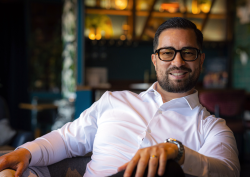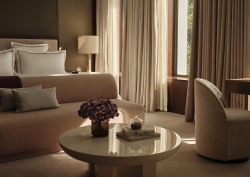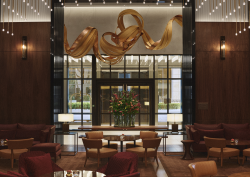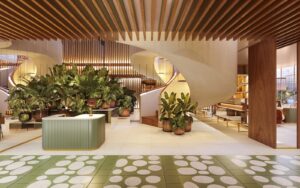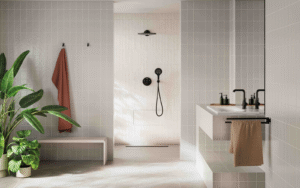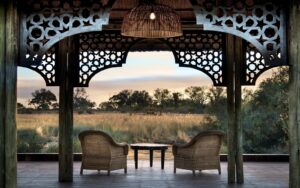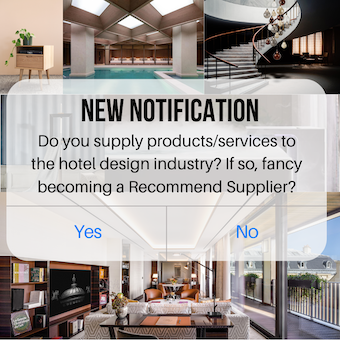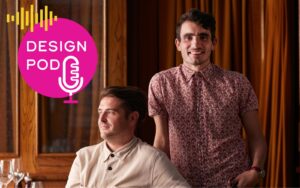With conversations completed and connections forged, Deputy Editor Megan Christopher shares her key takeaways from Interior Design & Architecture Summit 2024…
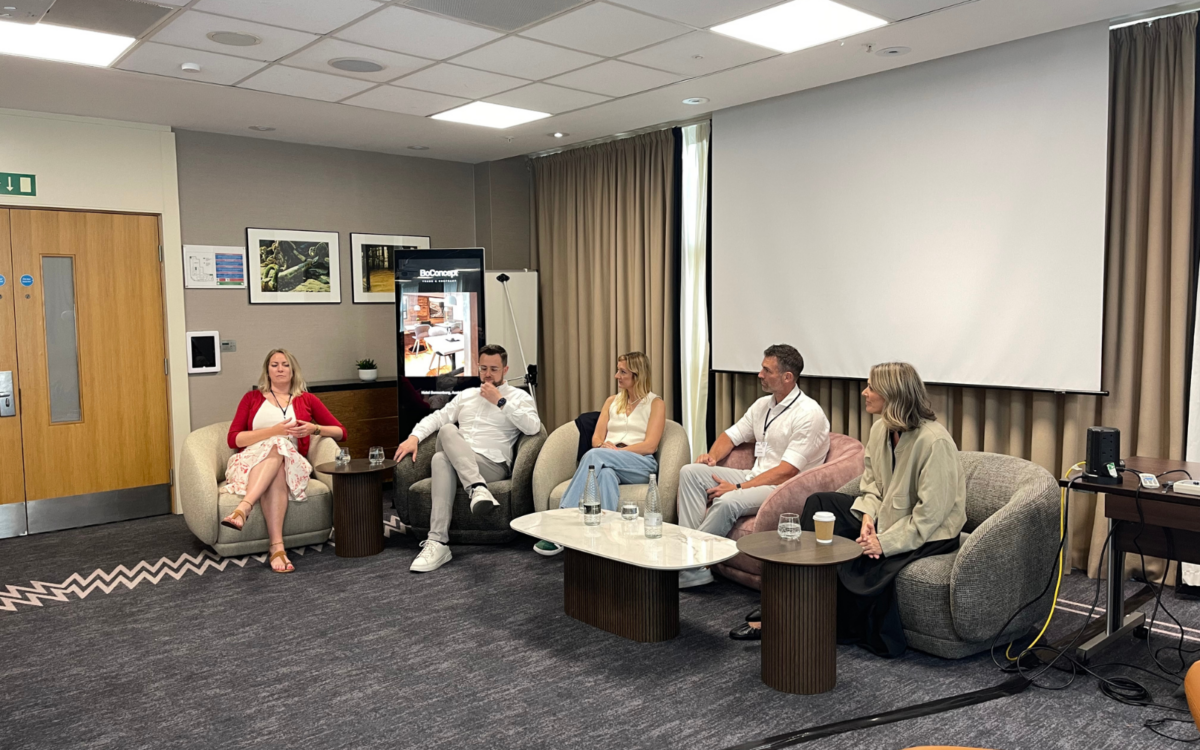
The Interior Design & Architecture Summit (IDAS) 2024, held at Hilton London Canary Wharf on June 24th, brought together a fantastic line-up of speakers to delve into the most pressing topics shaping the industry today. From the intricacies of the pitching process to the transformative potential of AI and the art of designing for future generations, IDAS 2024 offered a wealth of insights for interior design professionals.

Image credit: Hotel Designs
The summit kicked off with a panel discussion on The Pitching Process – Designing the bathroom at WOW!House 2024, featuring Editor Sophie Harper, Emily Hunt – Head of Hospitality UK & EIRE House of Rohl, Andrew Wakem – Head of Communications House of Rohl, Hannah Field – Designer Michaelis Boyd, Carolynne Shenton – Director Studio Mica and Abigail Kendler – Director Studio Mica. These design luminaries shared their expertise on crafting the bathroom at WOW!House. Emily Hunt opened the conversation, “Michaelis Boyd (MB) wanted their 2024 primary bathroom design to be different, and it was the dome feature of the design that did it for them. MB had to design a space that wasn’t a bathroom, it had to be a space that 20 people could stand in, looking this way and that.”
When asked about the importance of teamwork during the build and getting along in the process, Emily Hunt stated, “Genuine friendships are built along the way”. As for working with suppliers, Carolynne commented, “It is an intensification of a real project. You have 3 months prep and then a 4-day build. You need to be friends with suppliers because you need their assistance”.
Also key to the conversation were questions around sustainability – importantly the bathroom set from 2023 was rebuilt in the House of Rohl innovation centre – this carries the sustainable message. This year so many elements have been borrowed, plus items such as the chandelier is going into a hotel project post WOW!House. And what about the pitching process? “Be human, and show exactly what your studio can offer. Be happy with what you present and work with team members who have experience and can hold your hand” suggested Wakem.
Next on stage, the conversation shifted to the ever-evolving realm of artificial intelligence (AI) in interior design. A panel of experts explored the latest advancements in AI technology and its potential to revolutionise the design process. From space planning to material selection to personalised design experience, AI is poised to transform the way we design. As designers, it’s valuable to stayed tuned in to what software is being developed in the market, and try and stay ahead of the curve to offer clients the best possible experience. With that, it’s important to understand that these are tools to support, not to get lost in, as is often the case.
The key takeaway we learned from Wren Loucks, Founder & Creative Director of Be-Kin, is that AI will not replace designers, “AI generated creativity is not, and will never be, the same as human creativity and imagination, which is profound, beautiful, deep and really magnificent”.
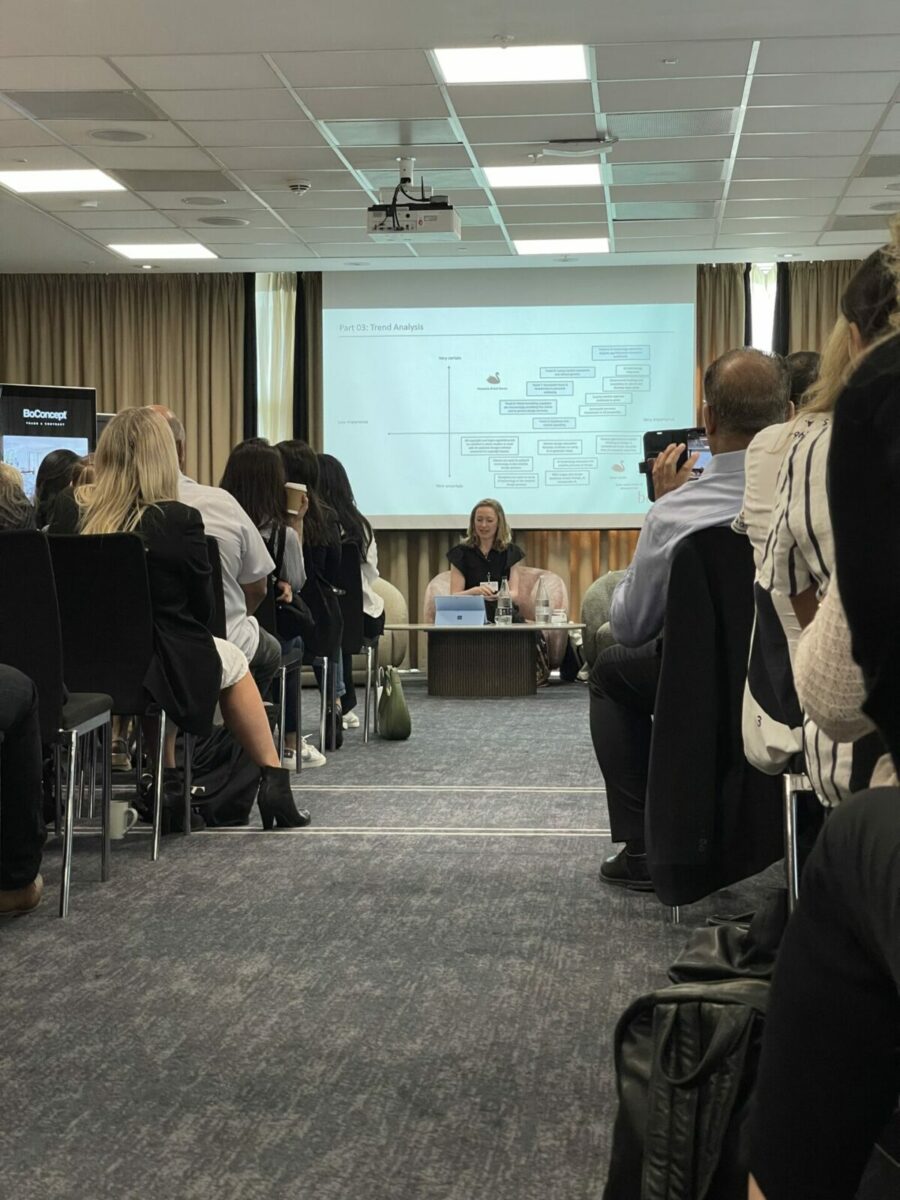
Image credit: Hotel Designs
The summit concluded with a thought-provoking discussion on Designing for Gen Z, featuring Editor Sophie Harper, Michaela Reysenn – Managing Director KAI Interiors, David Harte – Co-Head of Interiors Studio Moren, Dale Atkinson – Director Rosendale Design and Helen El Mettouri – Director Zebra. This session challenged designers to consider the evolving needs and preferences of the next generation. With demographics shifting and sustainability at the forefront, it was discussed that designers need to adapt their approach to create spaces that are not only aesthetically pleasing, but also extremely functional and environmentally responsible. “It’s about harnessing these aspect and taking them forward in the design process to captivate the audience that are soon to come” commented Dale.
When asked about the characteristics of Gen Z, the group had some fantastic observations, “They crave experience and are less bothered about material things, and more interested in creating experiences” suggested Helen El Mettouri. David Harte commented, “They expect a lot, the challenge for us is to create”. As designers, these are valuable insights into the generation that we are designing for.
A large area of the conversation focussed around face-to-face interaction and whether that was what Gen Z are looking for in their hospitality experiences, “42 per cent of GenZ have mental health issues – our goal is to encourage this audience to socialise. They want the technology, but we want them to have social interactions.” commented Michaela Reysenn. From this we can learn that each guests stay is entirely unique to them, and designing spaces to encourage people to interact personally, whilst still offering the convenience of a automated check-in, could be the future of hotel design.

Image credit: Hotel Designs
IDAS 2024 once again served as a valuable platform for knowledge sharing and inspiration for interior design professionals. The summit’s engaging speaker line-up and insightful discussions provided attendees with the tools and perspectives they need to stay ahead in this dynamic industry. This insightful, one-day event will be back next year so pencil it into your design diary now!
Main image credit: Hotel Designs





